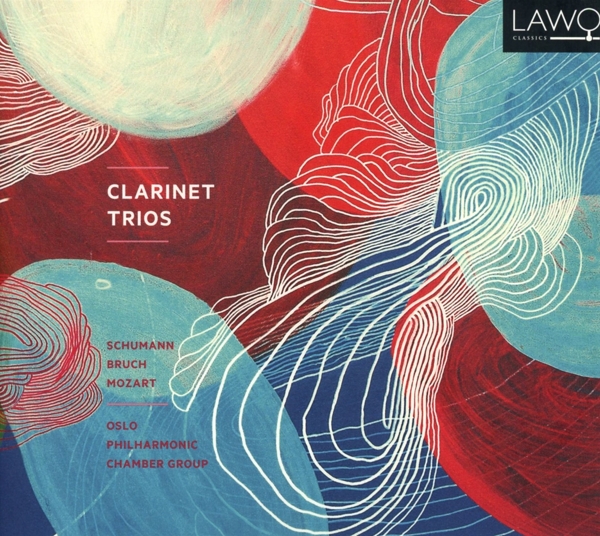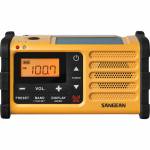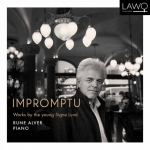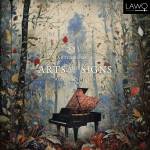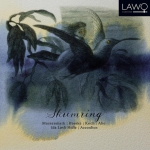Other products from Oslo Philharmonic Chamber Group |
My Account
|
Log In
|
English |
€ Euro |
Advanced Search
|
All Categories
BEST SELLER
500
NEW RELEASES
9.115
SPECIALS
226.563
Your search:
No selection
Filter results:
TECHNICS
259.533
GAMES/SOFTWARE
26.872
MUSIC
723.210
- Accordion
8
- Bassoon
17
- Brass
39
- Bugle
33
- Cello
263
- Clarinet
113
- Double Bass
15
- Early Instrum.
125
- Flute
202
- Guitar
95
- Harp
25
- Harpsichord
23
- Lute
17
- Mandolin
14
- Mixed Ensemble
70
- Oboe
55
- Organ
35
- Other
11.579
- Other Ensemble
194
- Percussion
10
- Piano
419
- Piano Quartet
23
- Piano Trio
142
- Recorder
51
- Saxophone
42
- String Ensemble
80
- String Quartet
386
- String Quintet
18
- String Trio
58
- Trombone
19
- Trumpet
47
- Tuba
3
- Viola
58
- Violin
506
- Wind Ensemble
48
- Woodwind
31
- octet
2
Other Classic
4.449
Symphonic Music
13.802
|
Music Movie Audiobooks Merchandise Children's |

